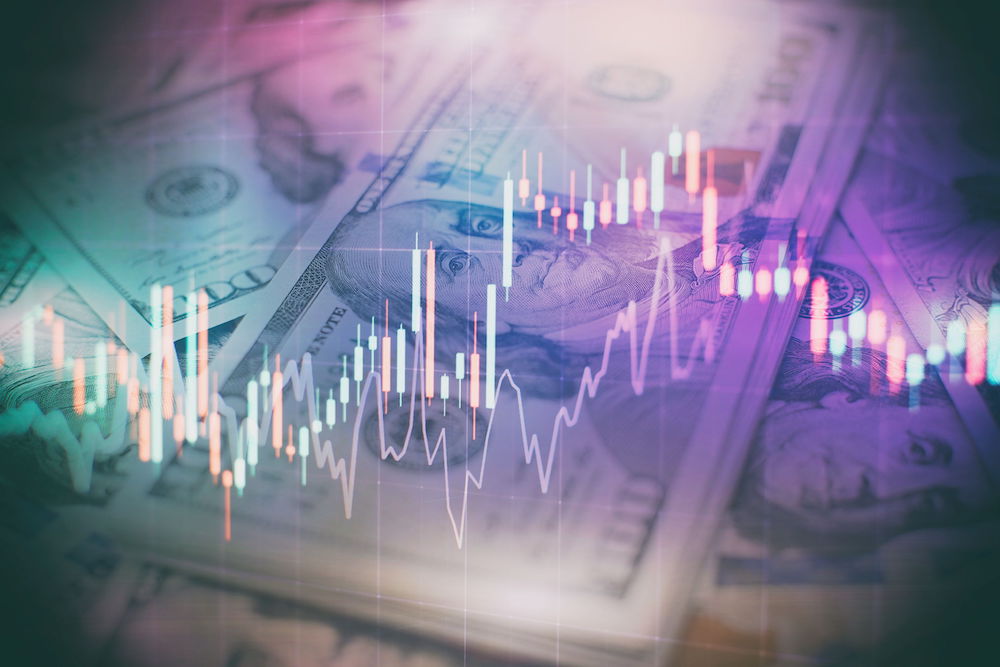
The impact of the coronavirus pandemic continued to be pertinent in the foreign exchange markets on Thursday and into Friday – with the dollar appearing to be the main beneficiary.
The dollar index, which measures the performance of the greenback against several other currencies from across the globe, was up as Friday’s trading began.
It was spotted at 97.360 at one stage, which signified a recovery from its downward trend earlier in the week.
The dollar’s old mid-pandemic position as the world’s ultimate safe-haven currency also appeared to return to the table, with the currency spotted at 107.17 against the Japanese yen – reflecting a rise of half a percentage point.
Elsewhere, currencies that had managed to surge ahead in recent days now appeared to fall behind.
The British pound, which ascended heights of $1.2541 earlier in the week in its pair with the greenback, was down to $1.2422.
The single European currency, which had seen some upsurge in recent days, was once again far down.
Traders at brokers including OctaFX noticed it at $1.1221 in its pair with the greenback after it went up to a weekly high of $1.1348 earlier in the week.
In the Antipodean region, meanwhile, the Aussie dollar was trading at $0.6891 against the greenback at one stage.
It appeared unable to get the surge it needed to break out of a range just below the 70 cent threshold.
The Aussie dollar is a significant barometer of attitudes to risk across the global economy, with the currency often used to gauge whether traders are feeling risky or not.
The dollar’s across-the-board rise, however, came about not only because of fears around the coronavirus.
The uptick in corporate demand that is normally seen at the end of a calendar month also began to kick in.
In a sign of the dollar’s capacity to get itself in demand even in the face of problems at home, it was revealed on Thursday that the planned reopening of the state of Texas was on hold.
The governor there, Greg Abbott, revealed that he was making the move after the state saw a rise in both coronavirus cases and hospital admissions.
“As we experience an increase in both positive COVID-19 cases and hospitalizations, we are focused on strategies that slow the spread of this virus while also allowing Texans to continue earning a paycheck to support their families,” he was quoted as saying.
The weekly round of joblessness claims data from the US also painted a pessimistic picture, with suggestions that employers in the country are still laying off workers.
Although there was a slight dip in the figures on a week-on-week basis, the figures continue to be more than twice the levels they reached just over a decade ago as the financial crisis hit.
Analysts suggested that traders may soon have to look to rethink their projections of economic recovery if issues around the reopening of economies continue.
 Between 74-89% of CFD traders lose
Between 74-89% of CFD traders lose  Your capital is at risk
Your capital is at risk  Your capital is at risk
Your capital is at risk  Your capital is at risk
Your capital is at risk